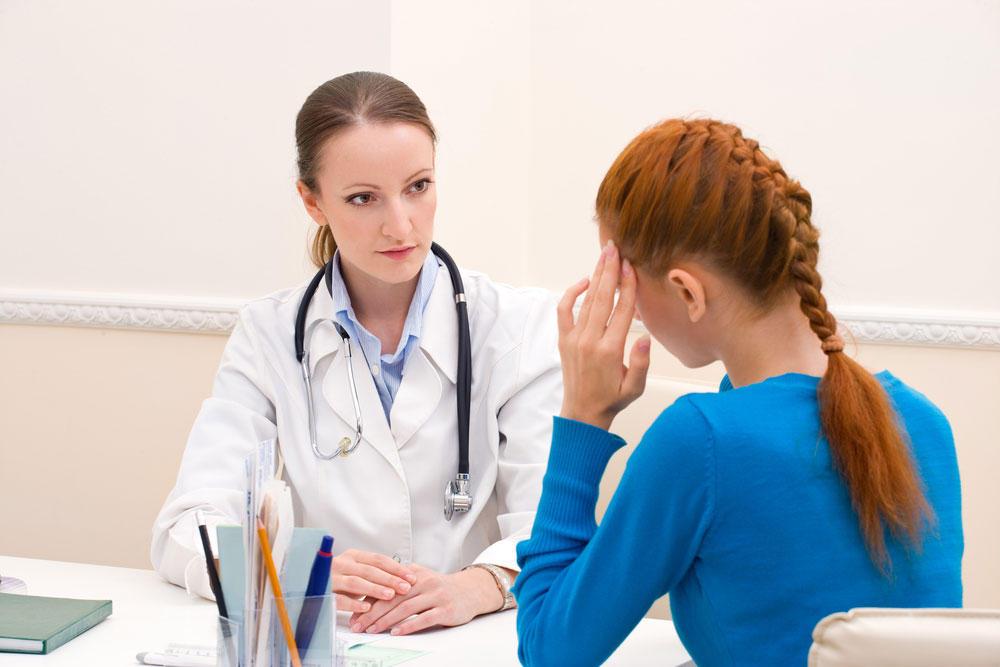IUDs Safe for Teens, Study Says

Although some doctors are hesitant to provide intrauterine devices (IUDs) to teenagers, the devices are just as safe in teens as they are in adults, a new study suggests.
Teenagers in the study were not at increased risk for serious complications from IUDs, such as ectopic pregnancy (a pregnancy outside the uterus) and pelvic inflammatory disease (an infection of the reproductive organs). Such complications occurred in less than 1 percent of women, regardless of age.
In general, hormonal IUDs were linked with fewer complications than copper IUDs, the study found.
The devices have carried a stigma ever since a type of IUD called the Dalkon Shield, used in the 1970s, was found to have serious side effects, including an increased risk of bacterial infections. Although newer IUDs are much safer, some doctors may still be reluctant to prescribe them, especially to younger people, because they fear the devices may cause infection and infertility.
"Today's IUDs are not the same as the ones that existed decades ago and are undeserving of the outdated stigma they carry," study researcher Dr. Abbey Berenson, director of the Center for Interdisciplinary Research in Women's Health at the University of Texas Medical Branch at Galveston. "This study shows that IUDs should be among the options considered to address teen pregnancy rates," Berenson said.
IUDs are one of the most effective methods of birth control, and unlike oral contraception, do not require women to remember to take a pill at the same time each day, Berenson said.
Dr. Elizabeth Poynor, a pelvic surgeon and gynecologic oncologist at Lenox Hill Hospital in New York, who was not involved in the study, agreed that more research is showing the safety of IUDs in young people. "We need to re-educate physicians about the safety of IUDs," Poynor said.
Sign up for the Live Science daily newsletter now
Get the world’s most fascinating discoveries delivered straight to your inbox.
Another recent study also found that doctors had misperceptions about which teens were eligible for IUDs. (Any sexually active teen can be a candidate.)
In the new study, the researchers analyzed information from more than 90,000 insurance claims from teens and women ages 15 to 44 who had an IUD inserted between 2002 and 2009.
Teens were at increased risk for less serious side effects, including dysmenorrhea (painful menstruation) and amenorrhea (light or no menstruation), compared to adults ages 25 to 44. However, because younger people are more likely to experience these symptoms in general, more research is needed to know whether they are tied to the IUDs.
Doctors should include information bout IUDs when they counsel young people about birth control options, the researchers said.
However, IUDs are not for everyone, and women should speak with their doctor to see whether the device is right for them. Women who currently have pelvic infections or get them frequently should not use the devices. ParaGard, which is a copper, hormone-free device, has been associated with heavy bleeding, severe cramping and vaginal inflammation. Mirena, an IUD that releases small amounts of a synthetic progestin hormone, may be associated with hormonal side effects, such as acne, weight gain or mood changes. None of these devices protect against sexually transmitted infections.
The study was funded in part by the Society of Family Planning, an academic society that funds family planning research. It is published in the May issue of the journal Obstetrics & Gynecology.
Pass it on: IUDs are safe for teenagers.
Follow Rachael Rettner @RachaelRettner. Follow MyHealthNewsDaily @MyHealth_MHND, Facebook & Google+.

Rachael is a Live Science contributor, and was a former channel editor and senior writer for Live Science between 2010 and 2022. She has a master's degree in journalism from New York University's Science, Health and Environmental Reporting Program. She also holds a B.S. in molecular biology and an M.S. in biology from the University of California, San Diego. Her work has appeared in Scienceline, The Washington Post and Scientific American.
Is getting an IUD painful?
'Useless' female organ discovered over a century ago may actually support ovaries, study finds









